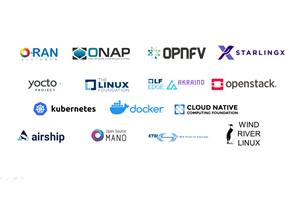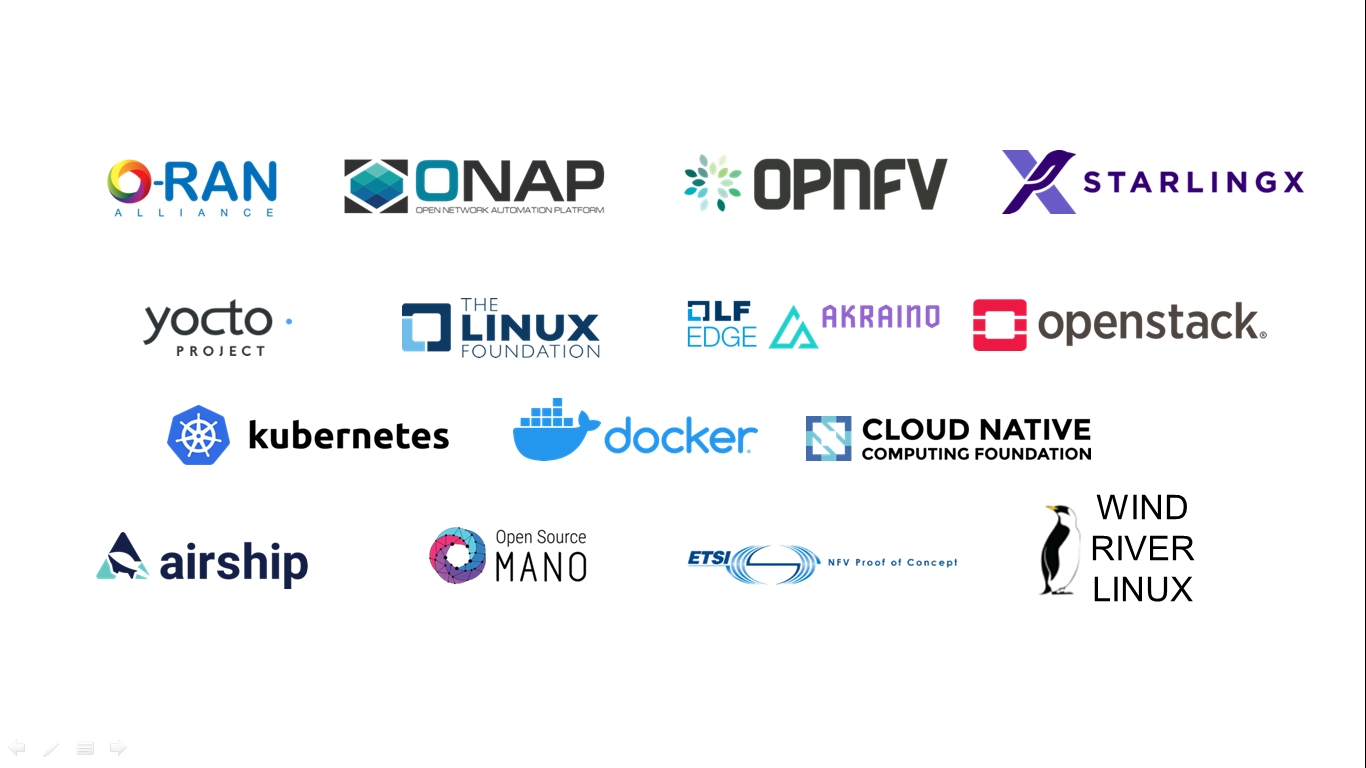Evolving open source in telecommunications for vRAN/5G

In a world increasingly driven by software innovation, Wind River accelerates digital transformation of critical infrastructure systems with the most exacting standards for safety, security, performance, and reliability.
As telecommunications infrastructure has evolved to a software-centric architecture, in particular for 5G and vRAN technologies, ever more contemporary approaches are critical to successfully designing, deploying and operating this infrastructure and its applications, says Paul Miller, Jr., vice president, Telecom Market Segment, Wind River.
A key foundational element in this new approach is the emergence of open source-based solutions and development methodologies. There is tremendous attraction and benefit to incorporating open source into the telecommunications software stack, including the benefits of effectively crowd-sourced development and the broad innovation that it fosters.
However, this is not without trade-offs, in particular around security, reliability, and the ever present need for a service provider to rapidly update, upgrade and add incremental features that are critical to their self-interests, necessary for the end customer service they provide.
To that end, Wind River approaches open source from two major directions. First, fully embracing open source methodologies is required; our products are fully upstream first, contribution based strategies where every software improvement is provided to the community, rather than locked into a proprietary version of the product.
Then, downstream integration occurs where hardening and final quality deliverables can be provided to a service provider, with that provider resting assured that Wind River has full control over the software delivered into the network. This ensures vendor supportability and high availability exceeding five nines, while maintaining a true contribution, community based open source model where innovation can foster. The best of both worlds is achieved.
Secondly, contribution cannot end solely around products that Wind River develops. We believe it is critical to contribute market-wide in open source and open community projects that are important to service providers. As an example, Wind River is active in the Cloud Native Computing Foundation (CNCF) for container and container orchestration based products. It, has joined the O-RAN Alliance and contributed Yocto Project based Linux to the alliance, and is investigating StarlingX contributions.

Wind River is also highly active in Workgroup 6 for vRAN initiatives around 5G technology. In ONAP, which is the premier open source activity for orchestration in NFV environments, Wind River is a member of the TSC leadership and additionally provides the integration lab facilities and lab infrastructure for ONAP. In OPNFV, our cloud offering is certified and a reference platform for all releases.
Hackfests in Open Source MANO run on Wind River cloud offerings. The OpenStack Foundation hosts the open source initiative StarlingX, to which Wind River is a major contributor of source code, and provides a foundation for vRAN edge cloud solutions for 5G. Our Linux is open sourced at the Yocto project. Our active participation in telecommunications extends to the Linux Foundation, LF Edge, Akraino, and of course ETSI. Wind River has also become the first company to achieve OpenChain conformance.
These activities represent an exceptionally broad telecommunications commitment, extending for more than 15 years, providing open source activity that ensures Wind River understands and supports the network-wide needs of a service provider.
Thus, with both an internalised, committed software development philosophy founded on open source best practice, combined with an unwavering commitment to broad industry wide open community activities critical to telecommunications technology evolution, Wind River believes the greatest success in providing open source based technology that can meet and exceed the most stringent telecommunications infrastructure requirements is possible. A lesser commitment cannot achieve customer satisfaction.
For 5G vRAN cloud native (Kubernetes-based) edge cloud infrastructure offerings, Wind River was pleased to participate in the second release of StarlingX (see this link). You can read a blog posting from our TSC member, Ian Joliffe, at this link. This open source project now provides the industry first, out of the box deployable solution for cloud native vRAN applications such as vDU and vCU functions, necessary for fully virtualising the 5G architecture.
Further, this technology provides differentiated capabilities to meet both technical 5G requirements, such as low latency performance, as well as providing new operational capabilities to manage a geo-distributed cloud infrastructure from a single pane of glass, and provide zero-touch automated turnup of remote edge sites. These contributions, spearheaded by Wind River, are directly a result of open source and open community involvement. The ability to provide operationally friendly features, while meeting technical requirements, ensures a edge compute solution that can fully meet the needs of 5G virtualisation for years to come.

Paul Miller
The Wind River Titanium Cloud platform, based on the StarlingX project, is using Kubernetes, Docker, Helm, and several other CNCF technologies to deliver an distributed edge cloud solution for use cases applicable to telecommunications, industrial IoT, 5G, and automotive markets. With deterministic low latency required by edge applications and tools that make the distributed edge manageable, Titanium Cloud provides a container-based infrastructure for edge implementations in scalable solutions ready for production.
Customers of Wind River Linux and Titanium Cloud both have access to long-term support and maintenance, including security updates, for fully upstream content. The Wind River product release cadence incorporates the latest code from the most important open source efforts. Customers can also opt for additional services and training to create a successful device- or cloud-optimised solution. By leveraging Wind River support and services, teams can significantly reduce production and maintenance costs and accelerate development cycles in comparison to in-house efforts.
The author is Paul Miller, Jr., vice president, Telecom Market Segment, Wind River
About the author
As vice president of the Telecom Market Segment at Wind River, Paul Miller is responsible for the company’s strategic vision and market support for telecommunications TEMs and CSPs. With more than 25 years of telecommunications and advanced applications technology leadership at both large companies and successful start-ups, he is currently focused on Wind River’s NFV and SDN enabled products for the carrier market.
Prior to joining Wind River, he was the chief technology officer of GENBAND, a software solutions provider to the world’s service provider and enterprise markets. He has led the architecture and development of various switching, IMS, IP media, call control and web applications solutions employed by multiple tier-one operators worldwide. His last six years have been focused on OpenStack, SDN, and NFV automation technology, and includes operation of a multi-site, multi-cloud infrastructure, multiple Tier one CSP VNF deployments as well as a significant NFV patent history. His contributions throughout his career have enabled many communications service providers worldwide to create new revenue streams, while dramatically reducing operating costs.
Comment on this article below or via Twitter @IoTGN